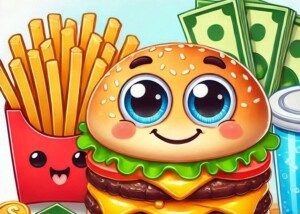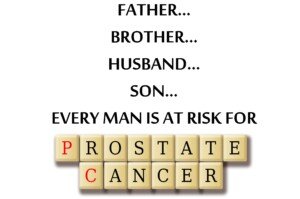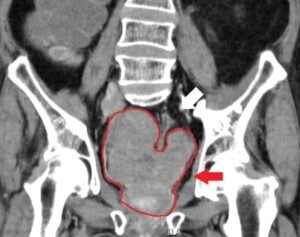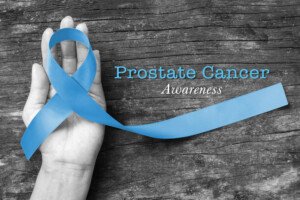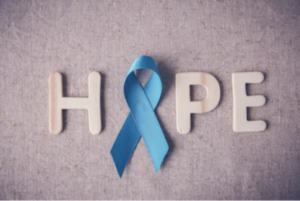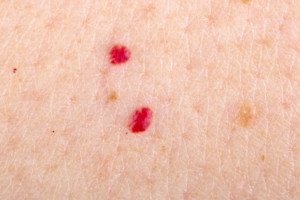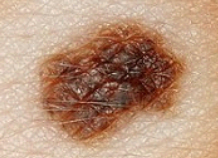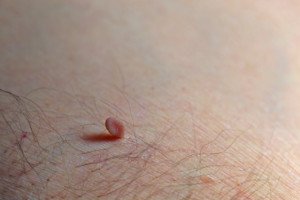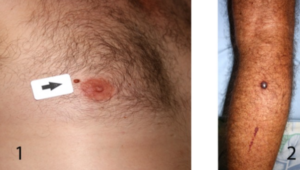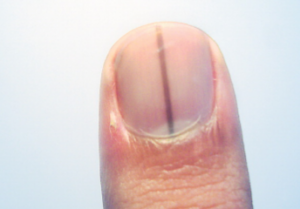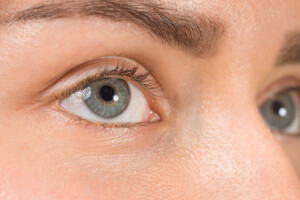Food cravings are often blamed for derailing weight loss efforts, with many people feeling like they’re in a constant fight to avoid their favorite foods.
But research from the University of Illinois Urbana-Champaign suggests that embracing cravings — rather than avoiding them — might actually be a more effective way to lose weight and keep it off.
In a clinical trial (Nakamura, et al, Physiology and Behavior, 2025), participants who included their favorite treats in small amounts as part of a structured diet not only lost more weight over a year but also reported fewer cravings, even during the maintenance phase that followed.
The team worked with patients dealing with obesity and health conditions like high blood pressure and type 2 diabetes.
It’s no secret in even the non-dieting world that cravings for mac ‘n cheese, pizza and potato chips can lead to massive overeating that impedes weight loss efforts.
The paper points out that even in people who’ve been able to control the urge to give into their cravings, they were fearful that eventually, wanting to indulge in high calorie foods would overtake them.
How the Study Was Done
The dietary plan for the study focused on long-term change by teaching participants about nutrients.
One tool in the program plotted foods according to their levels of protein, fiber and calories.
This visual guide helped participants choose options that were filling and nutritious without being too high in calories.
Over the course of the first year, participants took part in 22 online lessons.
These sessions included strategies to deal with cravings in a realistic way.
Instead of cutting out favorite foods completely, participants were encouraged to include small portions of them as part of their meals.
Participants regularly filled out surveys about their cravings for specific categories of food.
These included items high in fat like fried chicken or hot dogs, fast food items such as hamburgers and fries, sweets like cookies and cake, and starchy foods such as pancakes and biscuits.
Another set of questions asked about how often they experienced cravings and how strong those urges felt.
Using a 1-to-6 scale, they rated how much control they had and whether cravings led them to plan to eat certain foods.
The overall craving intensity was calculated by adding the scores from 15 of these questions.
Participants were also asked to weigh themselves daily using Wi-Fi-enabled scales which sent the data directly to the research team.
The Results
Out of the original 30 participants, 24 completed the first year of the program.
On average, they lost about 7.9% of their starting body weight.
Of those, 20 went on to complete the second year, which focused on maintenance.
A few regained some weight, but the average loss still stood at 6.7%.
The research found that people who lost more than 5% of their weight experienced noticeable drops in both how often they craved food and how strong those cravings felt.
These improvements lasted into the second year, as long as the weight was kept off.
But those who lost less than 5% did not see the same reduction in cravings.
Do fat cells in dieters send signals that increase cravings?
One key takeaway from the study is that the decrease in cravings seemed tied more to the reduction in body fat than to the calorie restriction involved in dieting.
The paper explains that this crumbles the idea that when fat cells are deprived of the calories they’re accustomed to, they send signals that spike cravings, leading to overeating and weight gain.
However, the data in this study shows that reaching a medically healthy weight, and remaining there, lowers food cravings.
Food Cravings: How to Leap Over this High Hurdle for Losing Weight
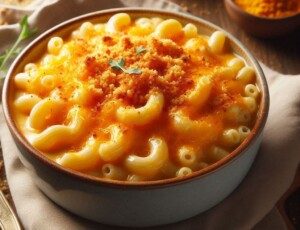
©Lorra Garrick
This research sounds very similar to the addage of “Eat everything in moderation.”
Problem is, “moderation” is a subjective term.
I told every one of my personal training clients who wanted weight loss that they should never try to give up eating their favorite foods.
I’d ask them to list several of their most cherished foods.
Then I’d say, “You can continue eating those and still lose weight.
“It’s unrealistic to permanently give up pizza. In fact, you’ll go crazy if you give it up during even just your weight loss phase.
“The key is to preplan small servings of your favorite foods. This way, you’re programming yourself not to binge.
“And with this strategy, you won’t feel out of control or like you blew your diet.
“Plan ahead. Schedule in that donut. One, not three, not even two.
And it’s ONE bakery or candy item per day, not a donut with breakfast, a brownie with lunch and cheesecake with dinner.
“The foods that you’re likely to overindulge on should be scheduled in.
“There should be no surprises that will psychologically trip you up. It’s all about planning.”
Little did I know at this time that years later there’d be this study that supports the concept of continuing to eat one’s favorite foods – even if they’re high calorie, high fat – while aiming for weight loss.
 Lorra Garrick is a former personal trainer certified by the American Council on Exercise. At Bally Total Fitness, where she was also a group fitness instructor, she trained clients of all ages and abilities for fat loss and maintaining it, muscle and strength building, fitness, and improved cardiovascular and overall health.
Lorra Garrick is a former personal trainer certified by the American Council on Exercise. At Bally Total Fitness, where she was also a group fitness instructor, she trained clients of all ages and abilities for fat loss and maintaining it, muscle and strength building, fitness, and improved cardiovascular and overall health.
.


